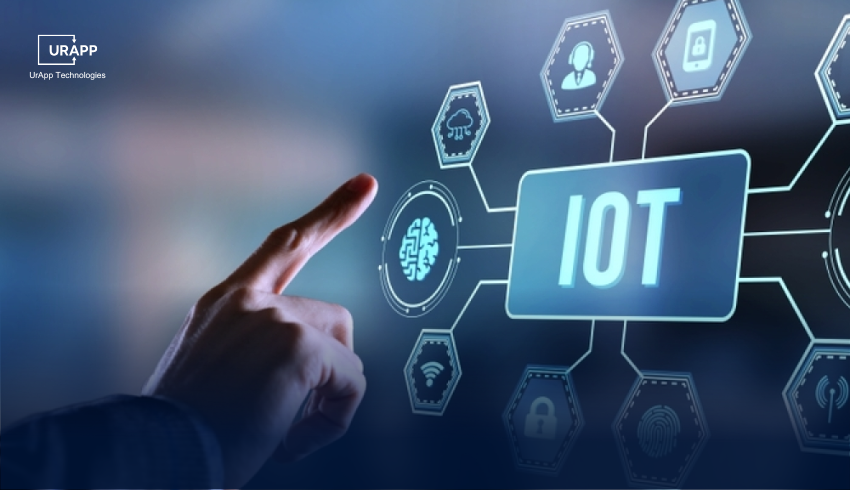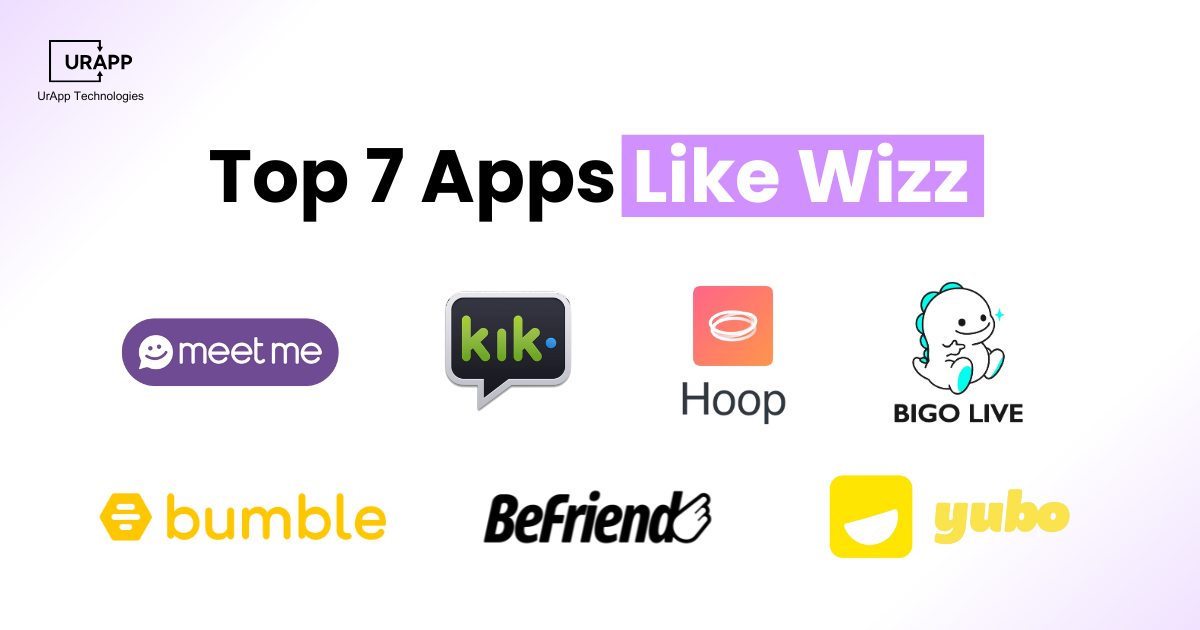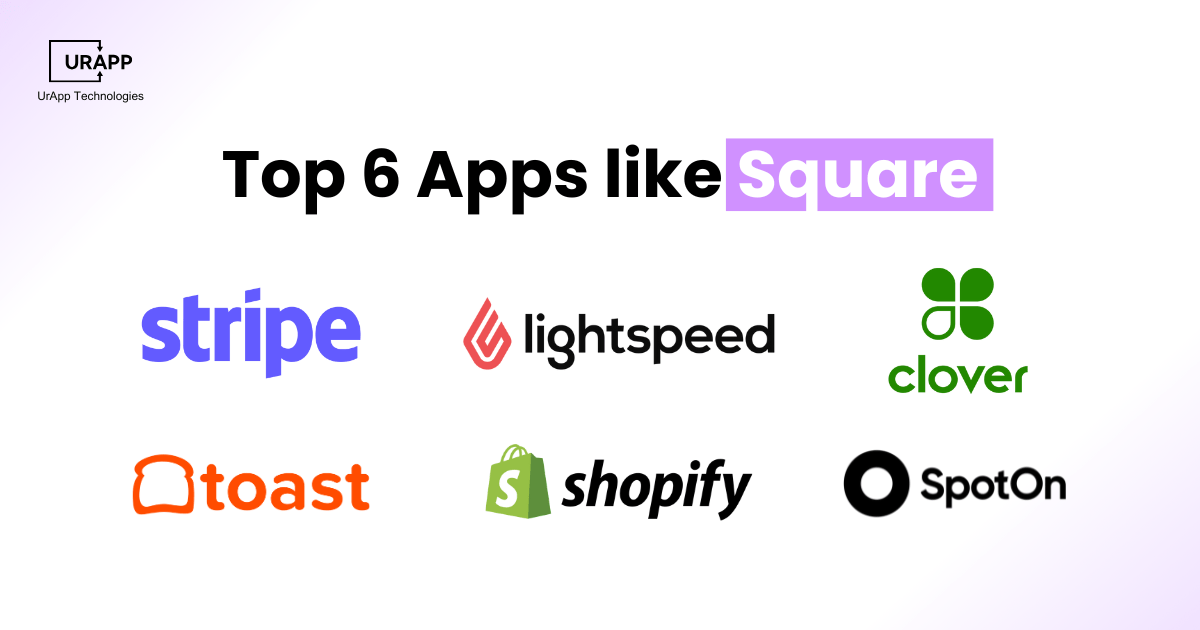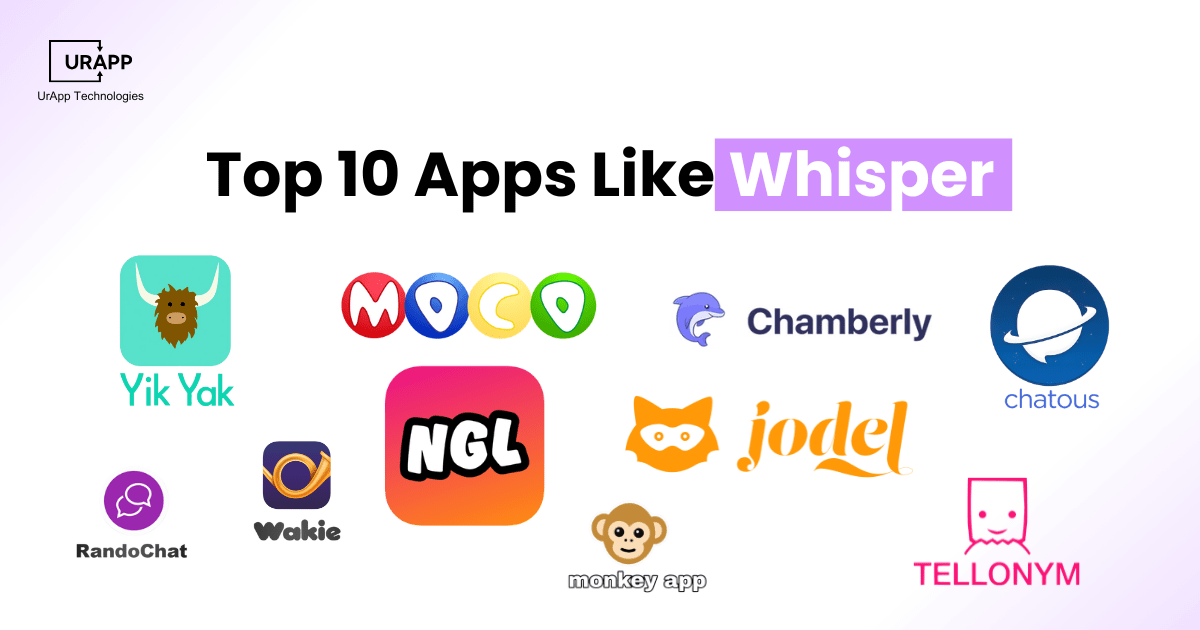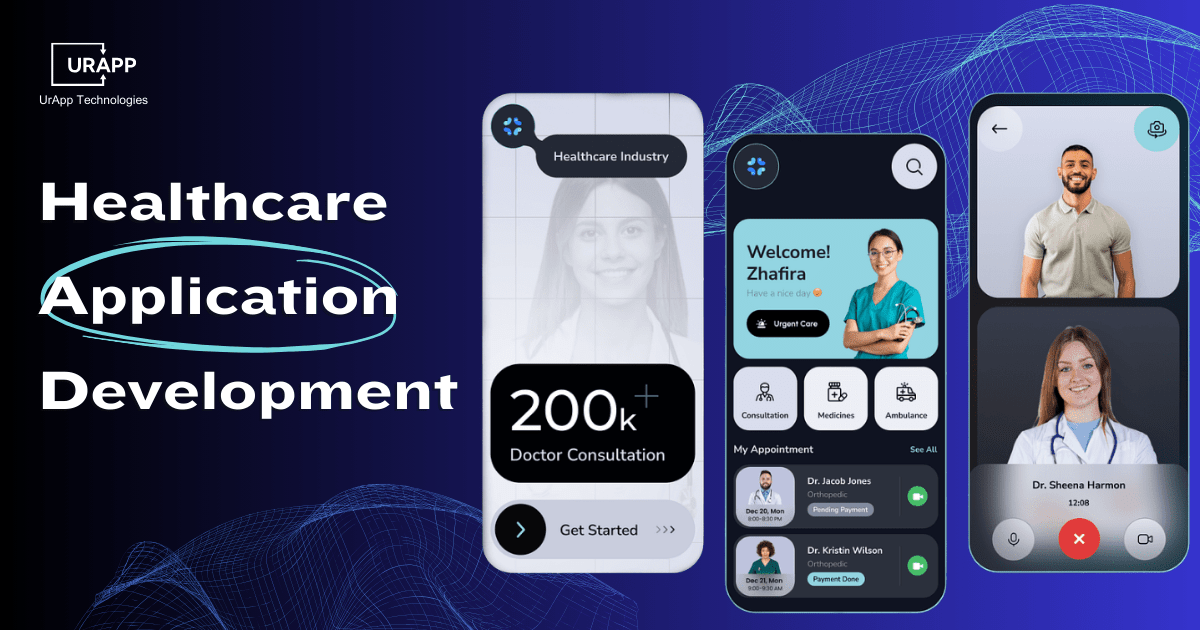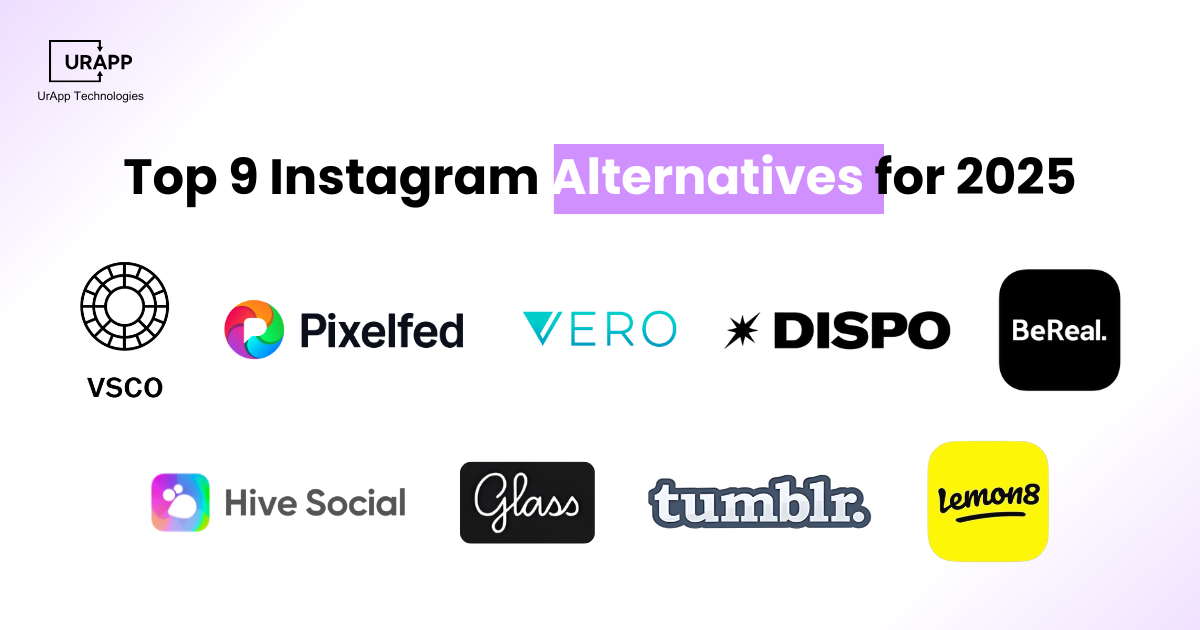How to Implement an IoT Solution? A Complete Guide
Implementing IoT in a business requires more than just connecting devices. This guide walks you through the key steps—from setting clear goals and choosing the right development partner to handling data, security, and scaling. Learn how to make IoT work for your organization in a simple, smart, and sustainable way.
What is IoT and Why Does it Matter?
The Internet of Things (IoT) is all about connecting everyday physical objects—like devices, vehicles, and appliances—to the internet. These objects use built-in sensors and software to collect and exchange data, making them smarter and more interactive.
IoT has penetrated the corporate world and changed how companies run their operations. IoT solutions illustrate how various industries, ranging from manufacturing and logistics to healthcare and retail, can benefit from integrating IoT solutions in terms of work optimization, cost reduction and gaining detailed insights. IoT integration enables a company to connect the devices, gather information and improve functionality through better decisions.
The Internet of Things (IoT) is connecting homes, cities, and industries like never before. By 2030, over 31 billion IoT devices will be active globally. In 2024 alone, smart home shipments reached 892 million. With the rise of 5G and AI, IoT is fueling smarter infrastructure, predictive systems, and data-driven innovation across every sector.
Step-by-Step Guide to IoT Implementation
- Define Clear Business Objectives: Identify how IoT aligns with your strategic goals and measurable outcomes.
- Assess Infrastructure & Readiness: Review existing systems, device compatibility, and network capacity.
- Choose the Right IoT App Development Solutions: Select reliable platforms, cloud services, and custom tools that suit your needs.
- Focus on Security & Privacy: Prioritize encryption, access control, and compliance with data regulations.
- Test with a Pilot Project: Run a small-scale implementation to validate performance before scaling.
- Train Employees & End Users: Conduct training sessions to ensure proper use and integration across teams.
- Full-Scale Deployment: Deploy system-wide with ongoing monitoring, analytics, and updates.
Detailed Explanation
1. Define Clear Business Objectives
Identify Specifics Problems
- Determine which business problems IoT can solve. Are you looking to enhance product quality, streamline supply chains, or improve customer engagement?
Align IoT with Business Goals
- IoT should align with broader business goals. It is essential to know how IoT supports long-term growth.
Set Measurable KPIs
- Some good examples of IoT metrics may include less downtime, efficiency in operations, or happier customers.
2. Assess Infrastructure and Readiness
Analyze Current Infrastructure
- Evaluate existing systems to identify if they can support the integration of IoT devices.
Ensure Connectivity
- The Internet of Things implies that there must be a constant and seamless connection. Select from wireless technologies such as Wi-Fi, Bluetooth, cellular, or IoT-only technologies like LoRaWAN and Sigfox.
Scalability
- You should also ensure that your IoT design is scalable to accommodate future growth in the number of devices.
3. Choose the Right IoT App Development Solutions
Select a reliable IoT App Development Company
- Partner with an IoT app development company with proven experience delivering custom IoT development services for businesses.
Hardware Selection
- Choose suitable sensors, gateways and other IoT devices that are compatible with your business needs.
Integrate Cloud Services
- Connect your IoT platform with cloud solutions to store, analyze and manage data efficiently.
4. Focus on Security and Privacy
Implement Robust Encryption
- IoT devices transmit sensitive data, making encryption critical. Protect data in transit and storage using advanced encryption techniques.
Protocols for Authentication
- Secure authentication methods, such as multi-factor authentication (MFA), are needed to gain access to IoT systems and devices.
Frequent patches and updates
- Cyber risks can affect many IoT devices. To prevent dangers, ensure that firmware and software upgrades are applied regularly.
5. Test with a Pilot Project
Start Small
- Launch a small-scale pilot to evaluate the performance and capabilities of your IoT solution before full-scale deployment.
Monitor Performance
- Evaluate the data quality, device reliability and overall system performance during the pilot phase.
Collect Feedback
- Gather feedback from stakeholders to identify gaps, areas of improvement and any challenges that may need resolution.
6. Train Employees and Users
Provide Comprehensive Training
- Ensure employees understand how to use and benefit from IoT systems. Train staff on device usage, troubleshooting, and data management.
User-Friendly Guide
- Offer clear documentation, including guides and FAQs, to help users interact with the IoT solution efficiently.
7. Full-Scale Deployment
Expand Gradually
- Gradually scale up IoT deployment across departments and locations to avoid operational disruptions.
Monitor System Performance
- Continuously track KPIs and system performance metrics to ensure IoT is delivering value.
Adapt and Optimize
- IoT solutions need constant optimization. Be ready to make adjustments based on changing business needs and technology advancements.
Key Considerations for Successful IoT Implementation
Businesses should think about the following crucial factors while creating an IoT strategy.
1. Custom IoT Development Services
-
Tailored Solution
A universal IoT solution could not be effective because every organization has different needs. Custom IoT development services enable companies to create solutions that fit particular operational specifications.
-
Seamless Integration
Custom IoT app development companies can ensure IoT solutions integrate smoothly with existing business systems.
2. Edge vs. Cloud Computing
-
Edge Computing
Edge computing processes data closer to the devices, reducing latency and enabling faster decision-making.
-
Cloud Computing
Cloud platforms offer large-scale data storage and allow businesses to run advanced analytics remotely. Based on your needs, choose the right balance between edge and cloud.
3. Data Management and Analytics
-
Data Processing
IoT generates huge volumes of data. To avoid data overload, businesses need to focus on collecting and processing only relevant and valuable data.
-
Real-time Analytics
Advanced analytics platforms help businesses draw actionable insights from the data generated by IoT systems.
-
Data Storage
Considering cost and security factors, choose a secure and scalable cloud solution for data storage.
4. Compliance and Regulations
-
Industry-Specific Regulation
It is important for industries such as healthcare and finance because they have their own policies and rules regarding data protection and safety. Some examples of such laws include GDPR, which businesses that deal with sensitive client information must follow.
-
Global Standard
Such companies must guarantee that IoT systems meet the regional standards and legal restraints in the regions where the business is located.
5. Sustainability
-
Energy Efficiency
IoT devices consume energy. Making a habit of choosing energy-efficient devices, in addition to cutting costs, is a plus in terms of sustainability.
-
Eco-friendly Material
Businesses should opt for IoT devices made from sustainable materials to minimize environmental impact.
What are the challenges in implementing IoT?
However, businesses may experience some risks of IoT adoption when deploying IoT solutions. Understanding these challenges is beneficial for businesses' preparation.
1. Interoperability
Compatibility Issues
- Different IoT devices from various manufacturers may have compatibility issues, making integration difficult.
Standardization
- Lack of universal IoT standards across industries can lead to fragmentation, slowing adoption.
2. Security Risks
Cyber Threats
- It is very easy for hackers to attack IoT devices. Organizations without robust security can suffer data loss and system compromise.
Device Vulnerabilities
- Many IoT devices lack inherent security features, making them susceptible to attacks.
3. Data Management
Data Overload
- IoT systems generate massive amounts of data. Without effective data management and filtering, businesses may struggle to understand it.
Extracting Insights
- Massive data streams make it challenging to obtain valuable conclusions from which practical actions can be derived. Therefore, investing in data analytics tools is an important necessity in the present-day business environment.
4. Cost Management
Initial Investment
- IoT implementation requires significant upfront investment in devices, infrastructure and development.
Maintenance Costs
- Maintaining and updating IoT systems, including hardware upgrades and software updates, may lead to higher ongoing costs over time.
Why is IoT Considered Important For Businesses?
Operational Efficiency
- IoT automates repetitive tasks and provides real-time monitoring, improving processes.
Data-driven Decisions
- Businesses can gather precise data to optimize strategies and make better business decisions.
Cost Savings
- IoT can predict failures and reduce downtime, minimizing costs related to maintenance and repair.
Enhanced Customer Experience
- Businesses may provide clients with individualized services and increase overall satisfaction using linked gadgets.
Which industry uses IoT?
Manufacturing
- Monitor machines, optimize supply chains and reduce production downtime with IoT-enabled devices.
Healthcare
- Track patient health with wearable devices, enable remote monitoring and streamline hospital management.
Retail
- Improve inventory management, track customer behavior and implement smart checkout systems.
Logistics
- IoT-enabled fleet management, real-time tracking of goods and monitoring of environmental conditions.
Conclusion
IoT has the capability to aid businesses in working efficiently, cutting costs, and ultimately making the right decisions. However, IoT implementation is not a simple process. It entails choosing a proper IoT app development solution and securing it while implementing proper data management.
To maximize the potential of IoT and sustain competitiveness, organizations must collaborate with a competent IoT app development company and employ proper custom IoT development solutions. Once the right IoT solution is chosen, security concerns, the ability to scale up and the capacity to meet organizational goals will be well achieved.
